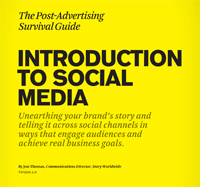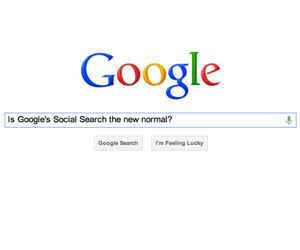
There’s No Content Like No Content
I'm annoyed to see Google’s use of a Rembrandt self-portrait across their logo today, on the 470th anniversary of his death.
I live a short way from Kenwood House in London, home to one of Rembrandt’s greatest late paintings. In this painting, the sad sack stares us down, brushes bunched in his fist; a confection of in-your-face paint strokes which brag about being the difference between what things are and what they mean. In the background, a map of blank hemispheres asks us if an empty hunt for money and the new is worth a spit without knowing the truth about yourself. Looking in a mirror is a nasty business. You never know who’ll stare back.
Editor's picks
- Casinos Not On Gamstop
- Best Non Gamstop Casinos UK
- Best Non Gamstop Casinos In The UK
- Casino Not On Gamstop
- Non Gamstop Casino Sites UK
- Slots Not On Gamstop
- Online Casino Canada
- Non Gamstop Casino UK
- カジノ オンライン
- Casino Not On Gamstop
- Casino Sites Not On Gamstop
- Casino Sites Not On Gamstop
- Sites Not On Gamstop
- Casinos Not On Gamstop
- Meilleur Casino En Ligne
- UK Online Casinos Not On Gamstop
- Online Casinos
- Non Gamstop Casinos
- Casino Not On Gamstop










